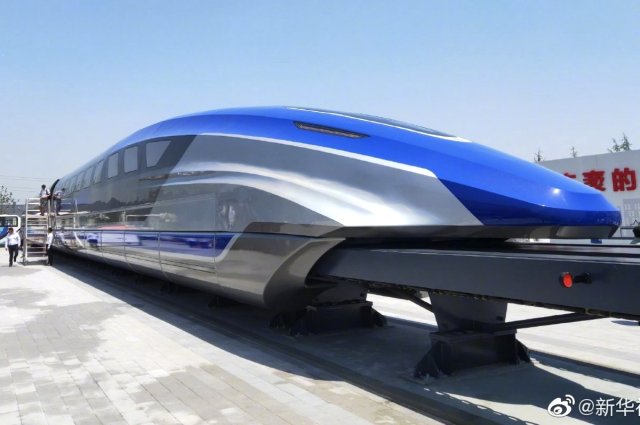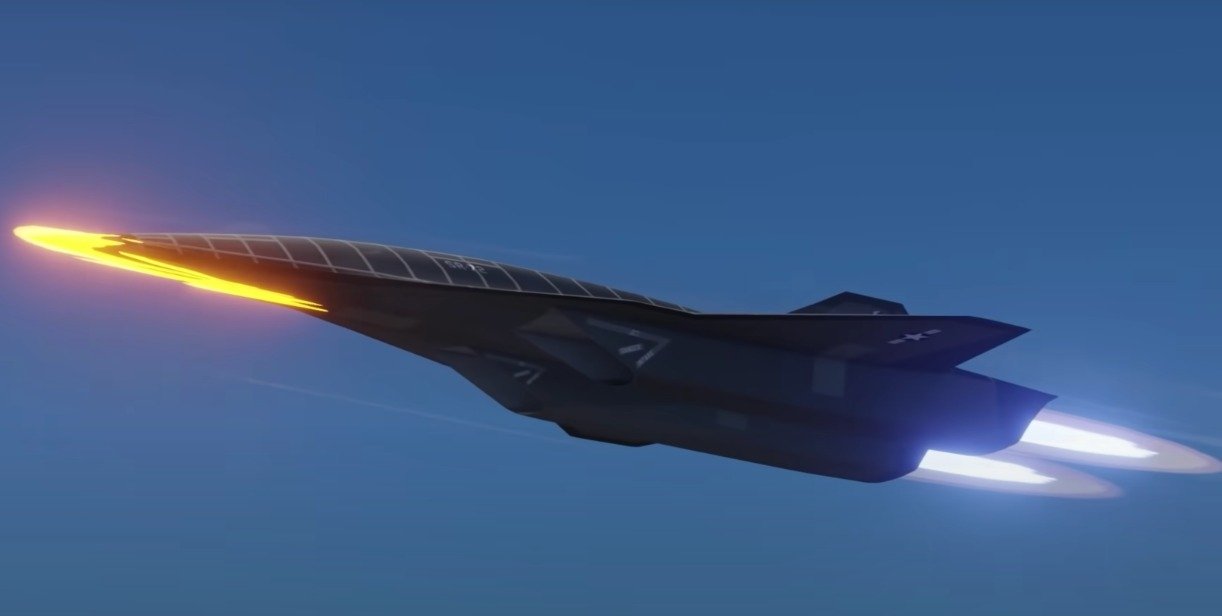Maximum charge in minimum time. This is the promise of fast charging. However, this process causes accelerated battery degradation which causes the performance of the battery to degrade. What are the factors that lead to this deterioration?
Super fast charging electric vehicle industry dream
It’s the electric car industry’s dream to charge your car’s battery as fast as you fill it up with gas. And it must be said that the progress in this area is remarkable: the Swiss group ABB thus promises a charging station that can gain a range of 100 kilometers on a charge in less than three minutes!
The problem is that fast charging leads to irreversible deterioration of the battery, resulting in a decrease in performance.
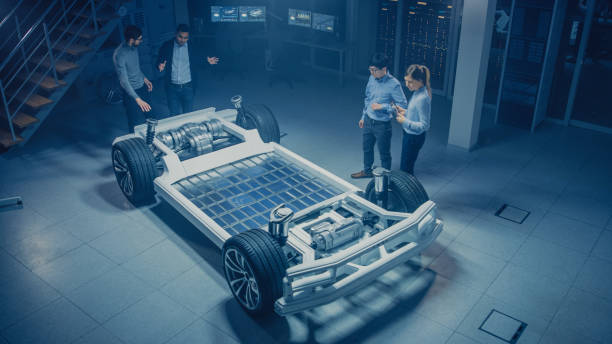
How does a lithium-ion battery work?
To understand this process, let’s first look at how a lithium-ion battery works. It consists of a cathode (positively charged electrode) and an anode (negatively charged electrode) and is separated by a material called electrolyte that serves to conduct electrons from one to the other.
During the charging process, lithium Li+ ions are separated from the cathode and collected by the anode. This material, which is usually made of graphite, is not uniform, but is perforated with nanopores where Li+ ions enter through a process called “intercalation”.
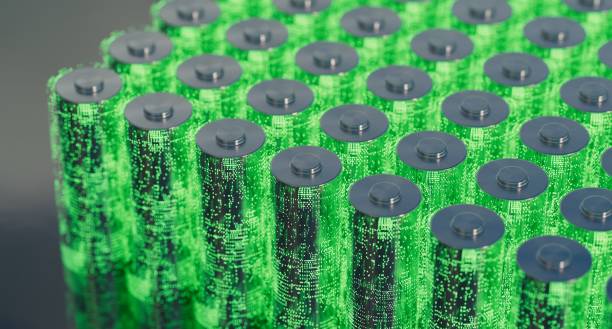
In fast charging, intercalation does not occur properly
However, when the battery is charged too quickly, intercalation does not occur properly. Lithium ions tend to clump together on the surface of the anode, rather than interleaving neatly between graphite atoms.
This causes the formation of a kind of “coating” which leads to thickening and deformation of the electrode. In addition to the coating on the anode surface, there is an accumulation of reaction products inside the pores of the electrode, which irreversibly damage the battery.
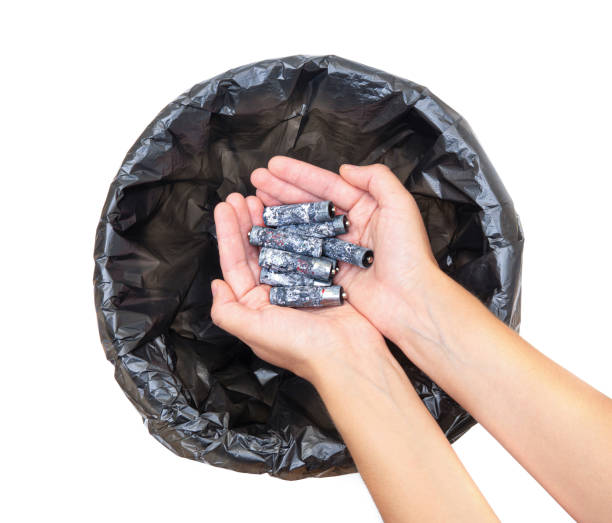
After several repeated rapid charge cycles, it is observed that the anode becomes more and more disordered at the atomic level, which hinders the intercalation process.
“Even a small number of cycles at very high yields can cause significant and permanent degradation of graphite,” explains Daniel Abraham, a specialist at Argonne National Laboratory (United States). The solution would be to find a way to avoid this process loss or to replace the graphite particles so that the lithium ions can intervene more efficiently.



